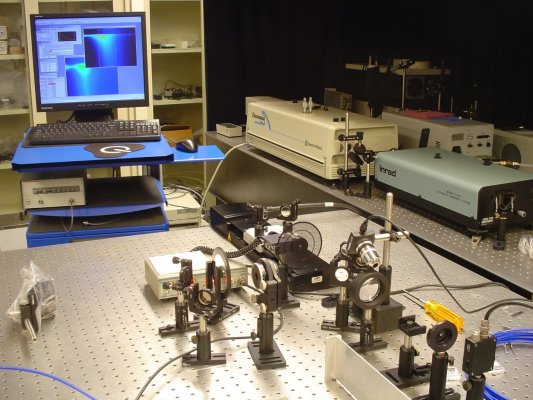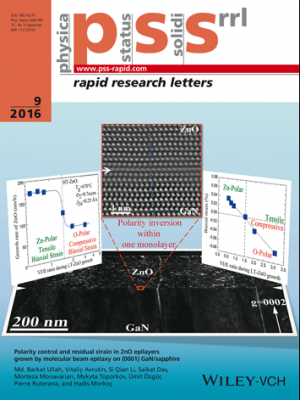3 min
Department of Defense completes $17.8 million award to Convergence Lab Initiative for collaborative research and Specialized STEM development
A final disbursement of $8.8 million completes the $17.8 million grant awarded by the Department of Defense (DoD) to Virginia Commonwealth University’s (VCU) Convergence Lab Initiative (CLI). The funding allows CLI to continue advancing research in the areas of quantum and photonic devices, microelectronics, artificial intelligence, neuromorphic computing, arts and biomedical science. “The Convergence Lab Initiative represents a unique opportunity to drive innovation at the intersection of advanced technologies, preparing our students to tackle the critical challenges of tomorrow,” said Nibir Dhar, Ph.D., electrical and computer engineering professor and CLI director. “By combining cutting-edge research in electro-optics, infrared, radio frequency and edge computing, we are equipping the next generation of engineers with the skills to shape the future of both defense and commercial industries.” Working with Industry Partnership is at the heart of CLI and what makes the initiative unique. CivilianCyber, Sivananthan Laboratories and the University of Connecticut are among several collaborators focusing on cutting-edge, multidisciplinary research and workforce development. The lightweight, low-power components CLI helps develop are capable of transforming military operations and also have commercial applications. The Convergence Lab Initiative has 25 collaborative projects in this area focused on: Electro-optic and Infrared Technologies: Enhancing thermal imaging for medical diagnostics, search-and-rescue operations and environmental monitoring. This improves military intelligence, surveillance and reconnaissance capabilities. Radio Frequency and Beyond 5G Communication: Developing ultra-fast, low-latency communication systems for autonomous vehicles, smart cities and telemedicine. Accelerating advancements in this area also address electronic warfare challenges and security vulnerabilities. Optical Communication in the Infrared Wavelength: Increasing data transmission rates to create more efficient networks that support cloud computing, data centers, AI research and covert military communications. Edge Technologies: Creating low size, weight and low power-consuming (SWaP) computing solutions for deployment in constrained environments, such as wearables, medical devices, internet of things devices and autonomous systems. These technologies enhance real-time decision-making capabilities for agriculture, healthcare, industrial automation and defense. Benefits for Students College of Engineering students at VCU have an opportunity to engage with cutting-edge research as part of the DoD grant. Specialized workforce development programs, like the Undergraduate CLI Scholars Program, provide hands-on experience in advanced technologies. The STEM training also includes students from a diverse range of educational backgrounds to encourage a cross-disciplinary environment. Students can also receive industry-specific training through CLI’s Skill-Bridge Program, which facilitates direct connections between business needs and academic education. Unlike the DoD program for transitioning military personnel, the CLI Skill-Bridge is open to students from VCU and other local universities, creating direct connections between industry needs and academic training. This two-way relationship between academia and industry is unlike traditional academic research centers. With the College of Engineering’s focus on public-private partnerships, VCU becomes a registered partner with the participating businesses, collaborating to design individualized training programs focused on the CLI’s core research areas. This approach ensures students receive relevant, up-to-date training while companies gain access to a pipeline of skilled talent familiar with the latest industry trends and innovations. “The significance of this grant extends beyond immediate research outcomes. It addresses critical capability gaps for both the DoD and commercial sectors,” says Dhar. “This dual-use approach maximizes DoD investment impacts and accelerates innovation in areas that affect everyday life — from healthcare and environmental monitoring to communication networks and smart infrastructure. Breakthroughs emerging from these collaborations will strengthen national security while creating commercial spinoffs that drive economic growth and improve quality of life for communities both locally and globally. Advances in infrared technology, in particular, will position the VCU College of Engineering as a center for defense technologies and new ideas.”







